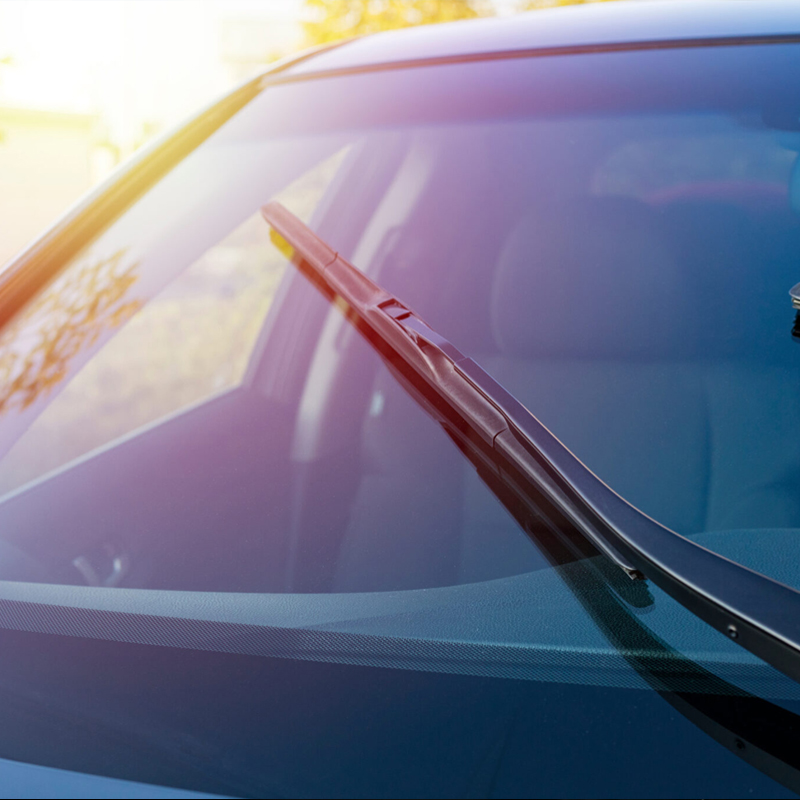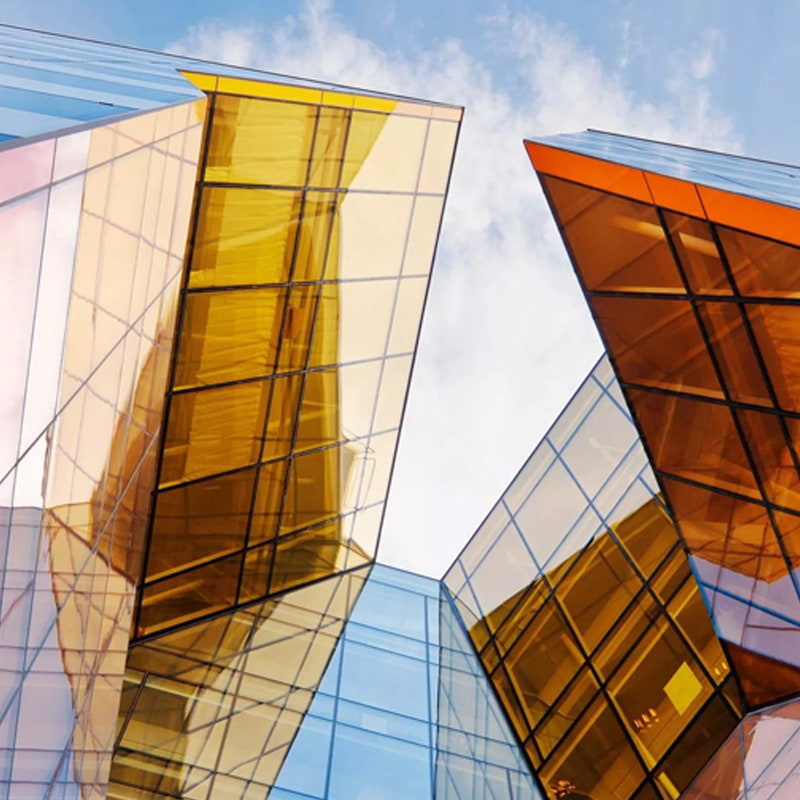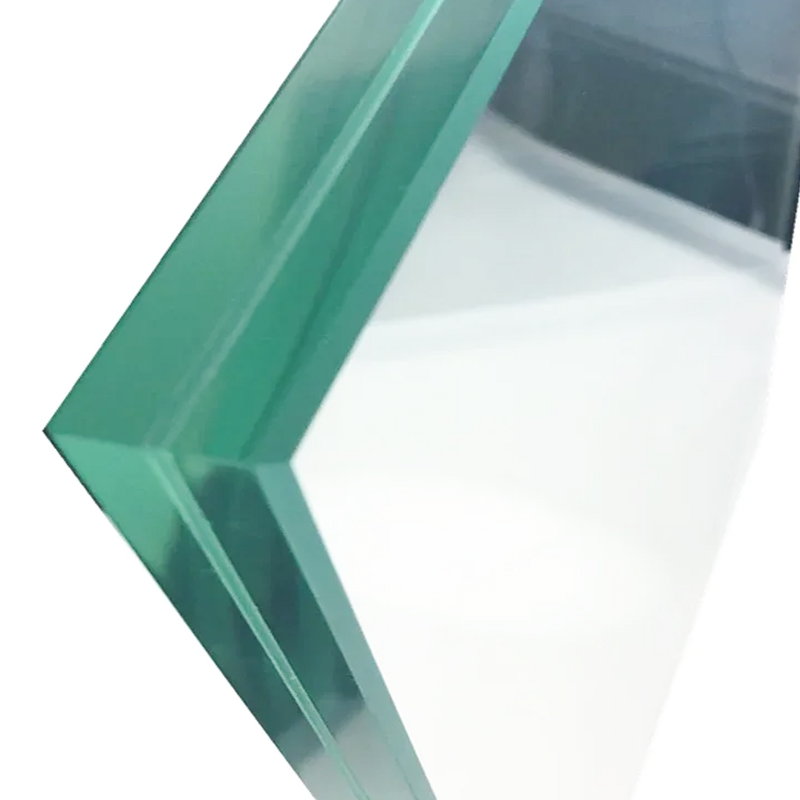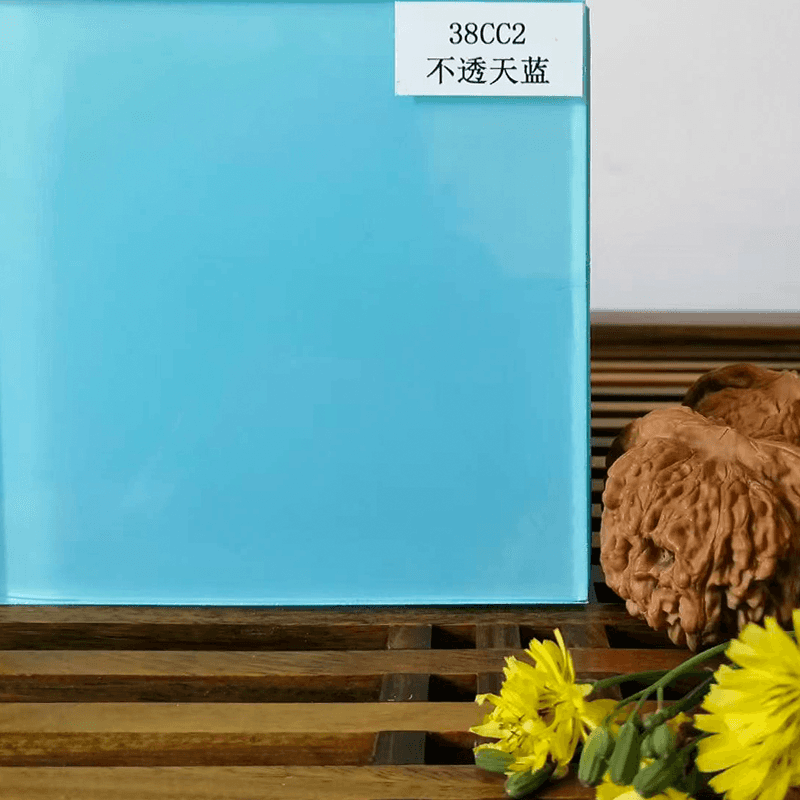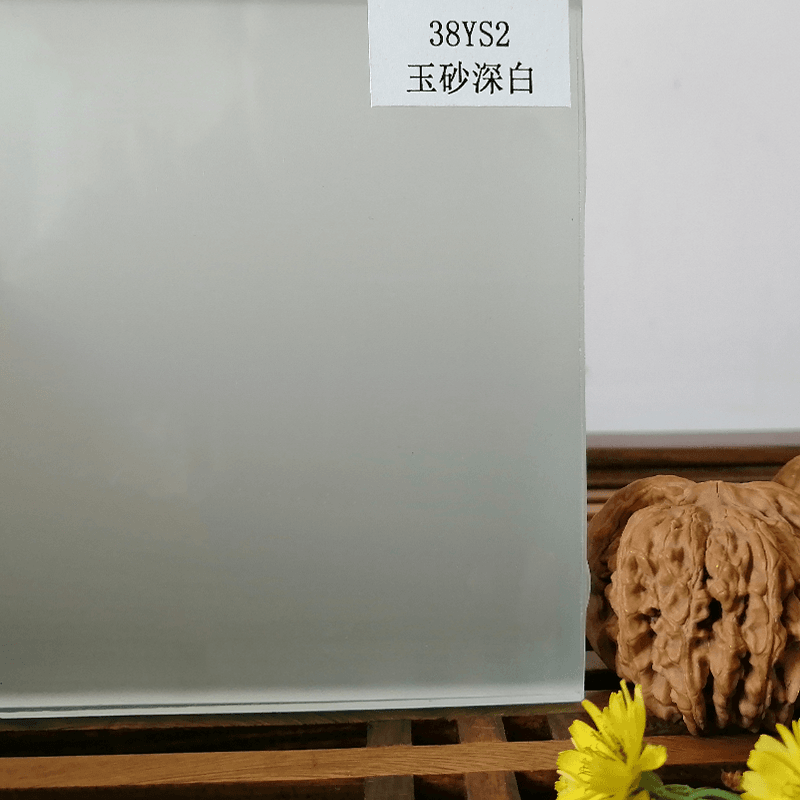language
PVB (Polyvinyl Butyral) interlayer film is a crucial component in laminated safety glass, widely used in automotive windshields, architectural windows, and other applications requiring enhanced safety and durability. Laminating glass with PVB film improves impact resistance, sound insulation, and UV protection while keeping the glass intact upon breakage.
1. What is PVB Interlayer Film?
Before diving into the lamination process, it’s important to understand what PVB film is. PVB is a thermoplastic resin that acts as a bonding layer between two or more sheets of glass. Its primary properties include:
- High clarity and optical transparency
- Strong adhesion to glass
- Flexibility and toughness
- UV filtering capabilities
- Noise-reduction properties
PVB comes in various thicknesses, typically ranging from 0.38 mm to 1.52 mm, depending on the required safety performance. Clear, colored, and acoustic-enhanced PVB films are available for specialized applications.
2. Applications of PVB-Laminated Glass
PVB-laminated glass is used wherever safety and performance are priorities:
- Automotive windshields – preventing passengers from being ejected during accidents
- Architectural glass – in windows, skylights, and curtain walls for safety and sound insulation
- Bullet-resistant or security glass – using multiple layers of PVB and glass
- Decorative or colored laminated glass – for design purposes while maintaining safety
3. Steps in Laminating Glass with PVB Film
The lamination of glass using PVB interlayer film involves several critical steps. Precision and care are essential to achieve high-quality laminated glass without defects such as bubbles or delamination.
Step 1: Preparing the Glass Surfaces
Cleanliness is critical. Both glass sheets must be thoroughly cleaned to remove dust, grease, or other contaminants. Typical cleaning involves:
- Washing with deionized water and mild detergent
- Rinsing to remove residues
- Drying with lint-free cloths or hot air
- Inspecting for scratches, chips, or imperfections
Any foreign material can cause poor adhesion or bubbles in the final product.
Step 2: Cutting and Handling the PVB Film
PVB films are typically supplied in rolls or sheets. Handling must minimize contamination:
- Store PVB rolls in a clean, dry environment at controlled temperature
- Cut the film slightly larger than the glass area to allow trimming after lamination
- Remove protective backing carefully
Some PVB films include surface coatings to prevent sticking and facilitate handling.
Step 3: Sandwiched Assembly
The basic assembly involves placing the PVB film between two sheets of glass. Key considerations include:
- Alignment: The glass sheets must be aligned properly to avoid uneven edges or stress points.
- Temporary adhesion: A small tack or pre-lamination step may be used to hold the layers in place.
- Edge clearance: Leave a small gap at the edges to allow air and moisture to escape during lamination.
Step 4: Pre-Pressing (Optional)
Pre-pressing is often used to remove initial air pockets and temporarily bond the layers:
- A vacuum press or roller can gently press the layers together
- This step helps reduce bubbles and improves uniform contact
- Care must be taken not to stretch or distort the PVB film
Step 5: Autoclave Lamination
The most common method of PVB lamination is autoclave lamination. This involves:
- Vacuuming: The assembled glass-PVB-glass sandwich is placed in a vacuum bag or chamber. Air is evacuated to remove trapped bubbles.
- Heating: The assembly is heated to around 120–140°C (248–284°F) to soften the PVB film.
- Pressurizing: The autoclave applies high pressure (typically 10–15 bar) to bond the layers completely.
- Cooling: The laminated glass is cooled gradually to prevent thermal stress and warping.
Autoclave lamination ensures a clear, strong bond between glass layers and long-lasting performance.
Step 6: Post-Lamination Trimming and Inspection
Once the lamination is complete:
- Edges of the laminated glass are trimmed to remove excess PVB
- The glass is inspected for bubbles, delamination, scratches, or color inconsistency
- Optical quality is checked using light transmission and reflection tests
High-quality lamination should be free from visible defects, and the layers must remain firmly bonded under mechanical stress.
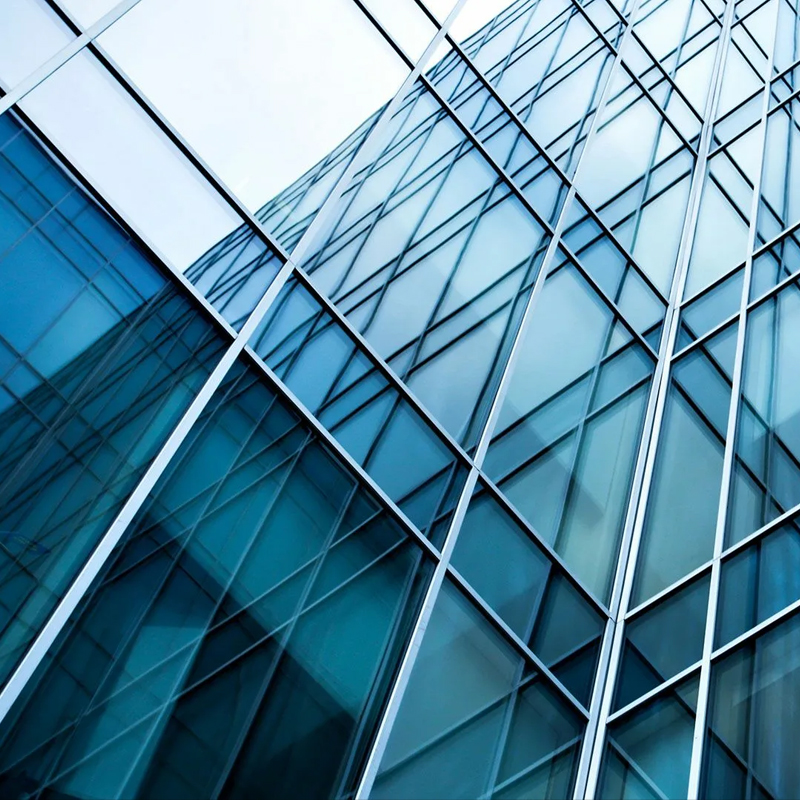
4. Factors Affecting PVB Lamination Quality
Several factors influence the final quality of PVB-laminated glass:
- Glass cleanliness: Dust or grease can cause bubbles.
- PVB moisture content: PVB film absorbs moisture; excess moisture can lead to delamination.
- Temperature and pressure accuracy: Insufficient heat or pressure can weaken adhesion.
- Handling and alignment: Misaligned layers or scratches reduce strength.
- Storage conditions: Both glass and PVB must be stored in a controlled environment to prevent warping or contamination.
5. Alternatives to Autoclave Lamination
While autoclave lamination is standard, other methods exist:
- Roller or cold lamination: Uses rollers and heat to laminate small or decorative pieces, suitable for low-stress applications.
- Thermo-compression lamination: Uses heat and mechanical pressure without a full autoclave, often in automotive glass production.
Each method balances cost, speed, and quality, with autoclave lamination offering the highest optical clarity and mechanical strength.
6. Safety and Standards
PVB-laminated glass must meet specific safety standards:
- Automotive: FMVSS 205, ECE R43
- Architectural: EN 12543, ASTM C1172
- Bullet-resistant or security glass: UL 752 or NIJ standards
These standards ensure that laminated glass performs reliably under impact, thermal stress, and environmental exposure.
7. Conclusion
Laminating glass with PVB interlayer film is a precise, multi-step process that combines cleaning, handling, assembly, pre-pressing, autoclave lamination, and post-lamination inspection. Each step is critical to producing laminated glass that is safe, durable, and visually clear. By understanding the lamination process, manufacturers and installers can optimize quality, prevent defects, and ensure that laminated glass meets both safety and performance requirements.
PVB interlayer film remains the industry standard for laminated glass due to its excellent adhesion, flexibility, optical clarity, and safety performance, making it indispensable in modern glass applications.

